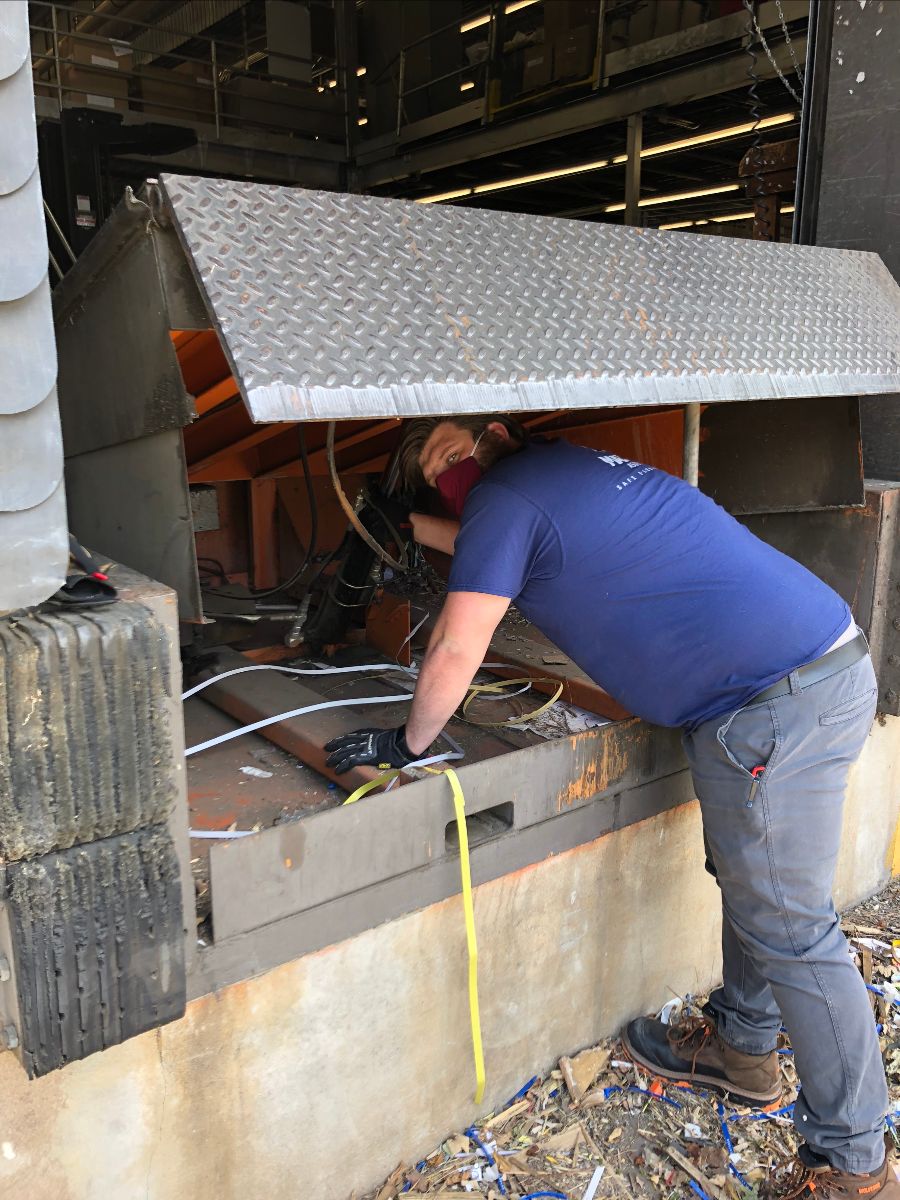The Importance of Maintaining Product Investments
Planned Maintenance and Regular Service will Extend the Life of Your Investment
 If a product has moving components, those components will need to be adjusted, lubricated, and maintained to keep the product in peak operational form. The servicing of those components are critical to meeting and exceeding the product’s expected life cycle. Failure to maintain the product will cause pre-mature failures and/or for the product to not function as designed. Decisively, an owner has invested capital in the product and installation, with typically a desired outcome for both the purpose of the product, and the solution it provides for the facility where it’s installed. Let’s help ensure that they get what they pay for by educating them on the need for maintenance and what amounts to responsible ownership.
If a product has moving components, those components will need to be adjusted, lubricated, and maintained to keep the product in peak operational form. The servicing of those components are critical to meeting and exceeding the product’s expected life cycle. Failure to maintain the product will cause pre-mature failures and/or for the product to not function as designed. Decisively, an owner has invested capital in the product and installation, with typically a desired outcome for both the purpose of the product, and the solution it provides for the facility where it’s installed. Let’s help ensure that they get what they pay for by educating them on the need for maintenance and what amounts to responsible ownership.
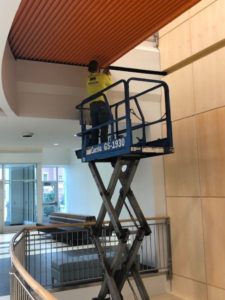 To define further the activity of Planned Maintenance, the visit should include inspection of the product for worn components, structural fatigue, and operating mechanisms. The building code also requires, per NFPA 80 and NFPA 105, that fire and/or smoke rated products must be tested, inspected, certified, and DOCUMENTED (80.5.2.2, 105.5.2.3.2) to be properly operational for the Fire Marshall to review during the annual inspection of the facility. Further, the certification test is to be done by a “QUALIFIED person with knowledge and understanding of the operating components of the type of assembly being subject to test” (80.5.2.2.1, 105.5.2.4). A fire alarm company knows a fire alarm well, but the intricacies of specialized opening protectives and how to repair them and diagnose an issue; that knowledge is outside of their expertise. Failure to do so will jeopardize any building owner’s ability to occupy the building. All planned maintenance visits of these rated opening protectives should include this testing step.
To define further the activity of Planned Maintenance, the visit should include inspection of the product for worn components, structural fatigue, and operating mechanisms. The building code also requires, per NFPA 80 and NFPA 105, that fire and/or smoke rated products must be tested, inspected, certified, and DOCUMENTED (80.5.2.2, 105.5.2.3.2) to be properly operational for the Fire Marshall to review during the annual inspection of the facility. Further, the certification test is to be done by a “QUALIFIED person with knowledge and understanding of the operating components of the type of assembly being subject to test” (80.5.2.2.1, 105.5.2.4). A fire alarm company knows a fire alarm well, but the intricacies of specialized opening protectives and how to repair them and diagnose an issue; that knowledge is outside of their expertise. Failure to do so will jeopardize any building owner’s ability to occupy the building. All planned maintenance visits of these rated opening protectives should include this testing step.
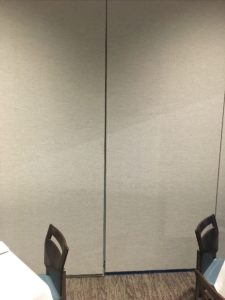 An example of the mechanical issues that can be addressed: Modernfold’s operable partition panels hang from a pendant bolt that is adjusted during installation to the optimal height for seals to function properly and to line up the panel’s vertical seals so they compress and prevent sound leakage between each panel. Over time, as the panels move, are pulled in a variety of directions, sometimes bang into each other by accident, the panels can slide down the threads on the pendant bolt and start to get out of plumb from each other. Visually, you will start to notice this when you see a gap between the panels in the shape of an “A” or a “V”, depending on which part of the panel is out of plumb to the next panel. Sound will pass straight through the gap created, undermining the sound rating, and potentially disrupting events occurring on each side of the partition. During regular maintenance visits, our team adjusts the panel to ensure their vertical seals are perfectly plumb and aligned with each other.
An example of the mechanical issues that can be addressed: Modernfold’s operable partition panels hang from a pendant bolt that is adjusted during installation to the optimal height for seals to function properly and to line up the panel’s vertical seals so they compress and prevent sound leakage between each panel. Over time, as the panels move, are pulled in a variety of directions, sometimes bang into each other by accident, the panels can slide down the threads on the pendant bolt and start to get out of plumb from each other. Visually, you will start to notice this when you see a gap between the panels in the shape of an “A” or a “V”, depending on which part of the panel is out of plumb to the next panel. Sound will pass straight through the gap created, undermining the sound rating, and potentially disrupting events occurring on each side of the partition. During regular maintenance visits, our team adjusts the panel to ensure their vertical seals are perfectly plumb and aligned with each other.
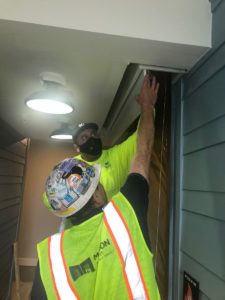 In addition to the preservation of functional operation, most manufacturer warranties have a clause that clarifies that the warranty only remains active if the product has been maintained with the owner preserving records of the maintenance performed. The terms of the warranty will exclude a manufacturer from providing coverage if the product has not been maintained. The reason manufacturers take this stance is because they know the damage operating a poorly maintained product will do, undoing the engineering and design that went into the manufacturing process.
In addition to the preservation of functional operation, most manufacturer warranties have a clause that clarifies that the warranty only remains active if the product has been maintained with the owner preserving records of the maintenance performed. The terms of the warranty will exclude a manufacturer from providing coverage if the product has not been maintained. The reason manufacturers take this stance is because they know the damage operating a poorly maintained product will do, undoing the engineering and design that went into the manufacturing process.
From a safety and risk management standpoint, maintaining the product goes hand in hand with protecting building occupants. Smoke and fire protectives like our Smoke Guard and Mckeon products are designed to stop the spread of fire and smoke during building evacuation, but if those systems are not maintained per the manufacturer’s directions, there is a potential they will not deploy as designed. As a result, a small annual or semi-annual maintenance cost has the potential to balloon into a major expense as building occupant safety and welfare are at risk due to negligence. In this case, planned maintenance would act as insurance that the opening protectives needed in an emergency, will be ready to serve.
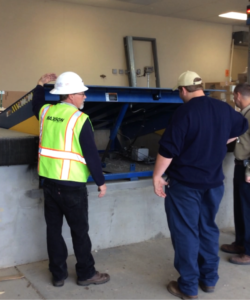 A planned maintenance visit is also an excellent time to refresh staff and/or teach new hires how to properly use a product. Planned maintenance should be a part of any facilities annual budget as it represents the best, and most responsible, action a building owner can take to ensure the products they have invested in maintain optimal performance for as long as possible. Otherwise, the initial replacement cost is going to re-appear and require additional investment much sooner and at a higher cost than properly maintaining the original investment!
A planned maintenance visit is also an excellent time to refresh staff and/or teach new hires how to properly use a product. Planned maintenance should be a part of any facilities annual budget as it represents the best, and most responsible, action a building owner can take to ensure the products they have invested in maintain optimal performance for as long as possible. Otherwise, the initial replacement cost is going to re-appear and require additional investment much sooner and at a higher cost than properly maintaining the original investment!

